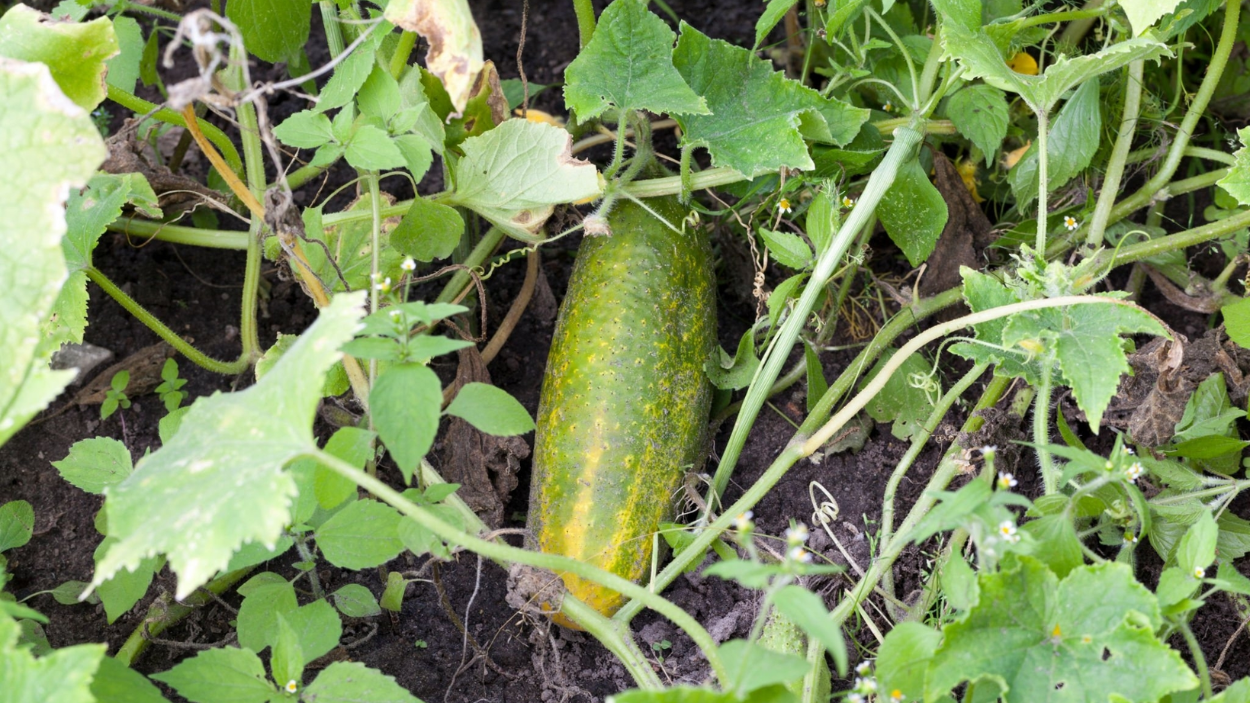On a hot day, the taste of juicy, fresh watermelon is cooling. But if you only buy watermelon from the store, you significantly deny yourself the flavor. For the best watermelon experience, grow your own and let them ripen in the sun. They taste better and may be eaten right out of the garden. But it needs regular maintenance and some careful attention. You can produce your own tasty watermelon with the necessary information and resources.
Growing Watermelon at a Glance
Name: Watermelon
Scientific Name: Citrullus lanatus
Nutritional value:
Calo (kcal) 30
Cholesterol 0 mg
Natri 1 mg
Kali 112 mg
Carbohydrate 8 g
When to Plant Watermelon
The location and climate where you live will determine when to plant watermelons. Watermelon seeds should typically be planted in the spring, after the last date of frost, when the soil has warmed to at least 70°F (21°C).
If you reside in a region with a shorter growing season and a chilly environment, you should start your watermelon seeds indoors approximately four weeks before the final date of the last frost. Once the soil has warmed up, you can move the seedlings outside. The fact that watermelon is a warm-season crop and cannot endure frost should be noted. The plants might not grow properly or even perish if they are planted too early or exposed to cold conditions.
How to Grow Watermelon
Choose the right location: Pick a location in your garden that receives at least six hours every day of direct sunlight since watermelon needs lots of sun. The pH of the soil should range from 6.0 to 6.8, and it should be fertile and well-draining.
Prepare the soil: Work some compost or well-rotted manure into the soil before planting to increase its fertility and texture. Verify that the soil is loose and clear of any rocks or other objects.
Plant the seeds: Watermelon seeds should be sown three to four feet apart, one inch deep. The final date for the last frost can also be used to start seeds indoors in peat pots, which can then be transplanted outside once the soil has warmed up.
Water regularly: Watermelon requires a lot of water, especially in the summer when it's hot. Depending on the weather and the moisture content of the soil, water deeply once or twice a week.
Fertilize as needed: Because it consumes a lot of nutrients, watermelon may need supplemental fertilization during the growing season. Early in the growing season, use a balanced fertilizer with a higher nitrogen concentration; as the plants begin to bloom, switch to a fertilizer with a higher phosphorus content.
Monitor for pests and diseases: Keep a watch out for typical watermelon diseases like powdery mildew as well as pests like cucumber beetles and squash bugs. As required, use organic fungicides or pesticides.
Harvest at the right time: When the stem begins to dry up and the underside turns yellow or cream-colored, the watermelon is ready to be harvested. When tapped, the fruit ought to have a hollow sound and feel substantial for its size.
How Long Does it Take for Watermelon to Grow?
Depending on the variety and growth circumstances, watermelon normally matures between 70 to 90 days. While some kinds would require more time to reach maturity, others might be ready for harvest in as little as 60 days.
Additionally, the development rate of watermelon plants can be influenced by elements such as temperature, soil moisture, and fertilization. It's crucial to keep an eye on the plants frequently and to be patient while the fruit grows. The underside of the watermelon should be golden or cream-colored, and it should have a sweet aroma when it is fully ripe.
How do You Know When a Watermelon is Ripe?
When watermelon is ripe, there are several signs to look for:
The underside of the watermelon should be yellow or cream-colored. If it's still green or white, it's not ripe yet.
The stem should be brown and dried out. It's not ripe if it's still green, so check it.
When tapped, the fruit should make a hollow sound. It is not yet ripe if it sounds monotonous.
The skin should be dull and the stripes should be a darker green. If the skin is shiny, the watermelon may not be ripe.
The fruit ought to be substantial for its size. This shows that it is fully grown and contains a lot of water.
It's vital to remember that watermelon won't keep getting riper after it's been picked, so it's better to wait until it's completely ripe. To find out the best way to recognize when your particular kind of watermelon is ripe, it's a good idea to speak with local gardening experts or the directions on the seed packet. Additionally, different varieties of watermelon could have somewhat different ripening characteristics.
Final Thought
With the correct equipment and knowledge, growing watermelon can be a pleasant and gratifying experience that will allow you to enjoy the juicy, sweet fruit straight from your own garden. To ensure a fruitful harvest and to enjoy the summer's bounty, follow these measures.




